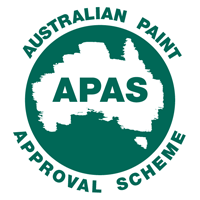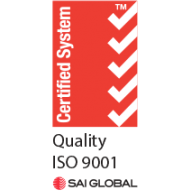All of us are familiar with non slip floor coatings. These specially treated floor surfaces are seen in many factories, offices,
shopping malls, and other heavy foot traffic areas. The primary objective of these coatings is to prevent accidents and injuries.
The slip resistance property of these coatings can be attributed to different types of aggregates. For this purpose, water and solvent-borne resin-based acrylic, polyurethane and epoxy coatings are used to create a non-slip texture. Non slip floor coatings provide numerous benefits by making floors safe for all.
If you have a factory or workplace that requires non-slip coatings, it is important for you to check out the Australian Standard for non-slip coatings as mentioned under AS 4586-2013. Before that, however, it makes sense to clearly understand the concept of slip resistance.
What is Slip Resistance?
Slip resistance of a particular surface can be defined as the roughness of the surface that creates a positive traction to reduce the risk of slip and fall. Measurement of slip resistance is carried out using the metric Coefficient of Friction (COF).
Australian Standard 4586-2013:
AS 4586-2013 is the Australian Standard that specifically provides slip resistance ratings for materials used in pedestrian floor surface. This standard is meant to set out means for pedestrian surface material classification, as per the frictional characteristics of the materials. All classes of buildings under the Building Code of Australia are required to comply with the AS 4586-2013.
According to AS 4586-2013, slip-resistance classifications are required for
- All ramp floor surfaces
- Any tread surface or nosing strips on it.
- Any landing surface or the strip at the landing’s edge.
AS 4586-2013 also requires that there must be documentary evidence of application of non slip finishes to these areas to prove the classification. This is applicable to all surface types and finishes, including carpet, tiles, timber, concrete, metal, and vinyl.
Standards Australia has also published a handbook titled “SA HB 198: An Introductory Guide to the Specification and Testing of slip Resistance of Pedestrian Surfaces” to provide detailed guidance and help in understanding the Standard. It also highlights the need for risk assessment and management, and takes into account the pedestrian contribution to the risk of slipping and the likelihood of contamination and other factors. It also notes that aging and wear of the surface will alter its slip resistive quality over a period of time.
According to noted industrial coating experts AI Coating, the facility owner and applicator should get sign off by a registered certifier on a sample area before project commencement.
The disadvantages of slip resistant additives are that they make the surface harder to clean by definition, and it requires a different type of cleaning method. It is, therefore, a compromise between slip resistance and ease of cleaning, but within the confines of the law.
AI Coatings has years of experience in delivering state-of-the-art industrial and architectural coatings. Their Tredgrip non slip coating is rated at R10, and is an excellent solution for pedestrian traffic. Please schedule an appointment with the company’s technical experts before opting for any non-slip system.





